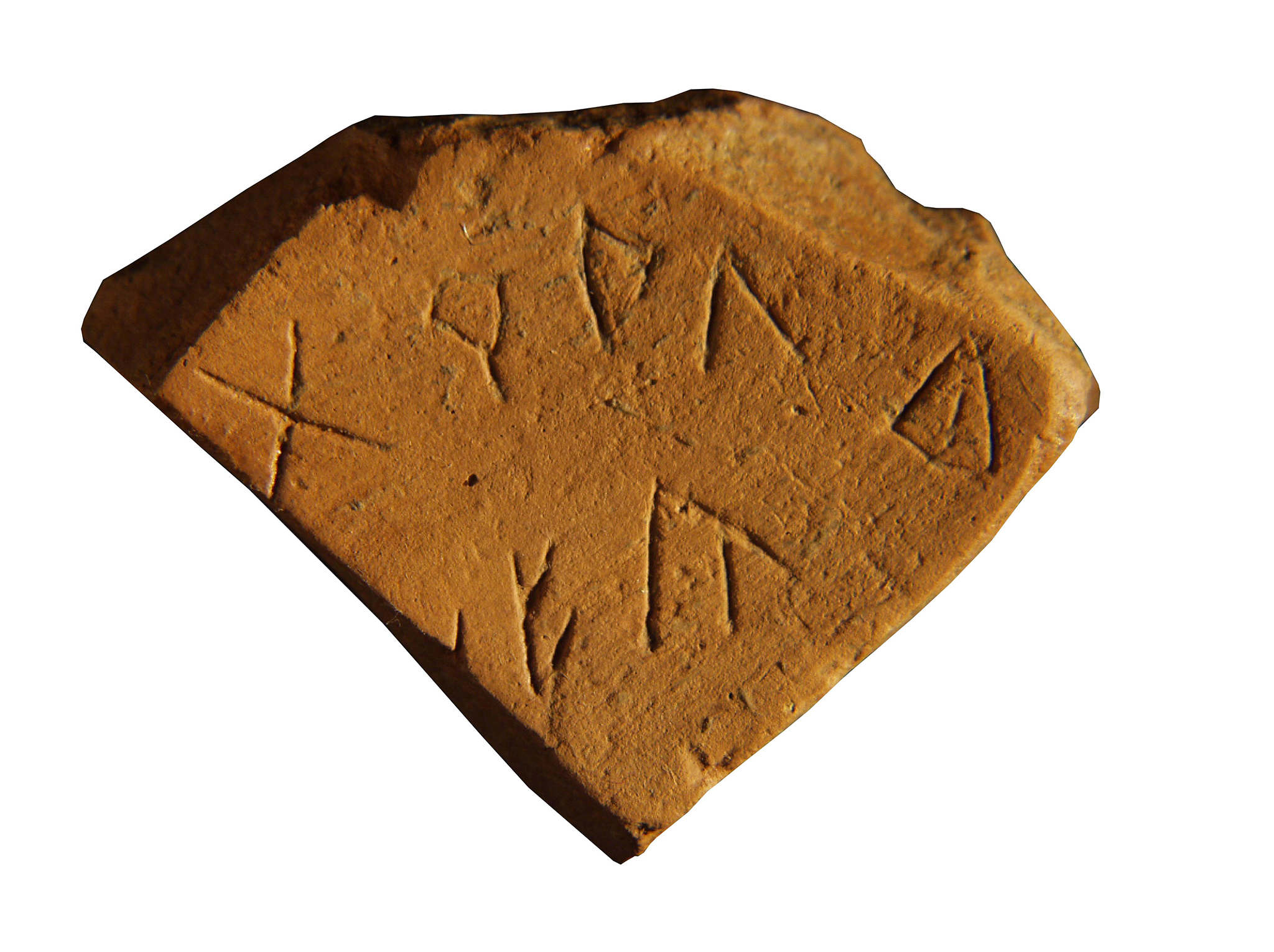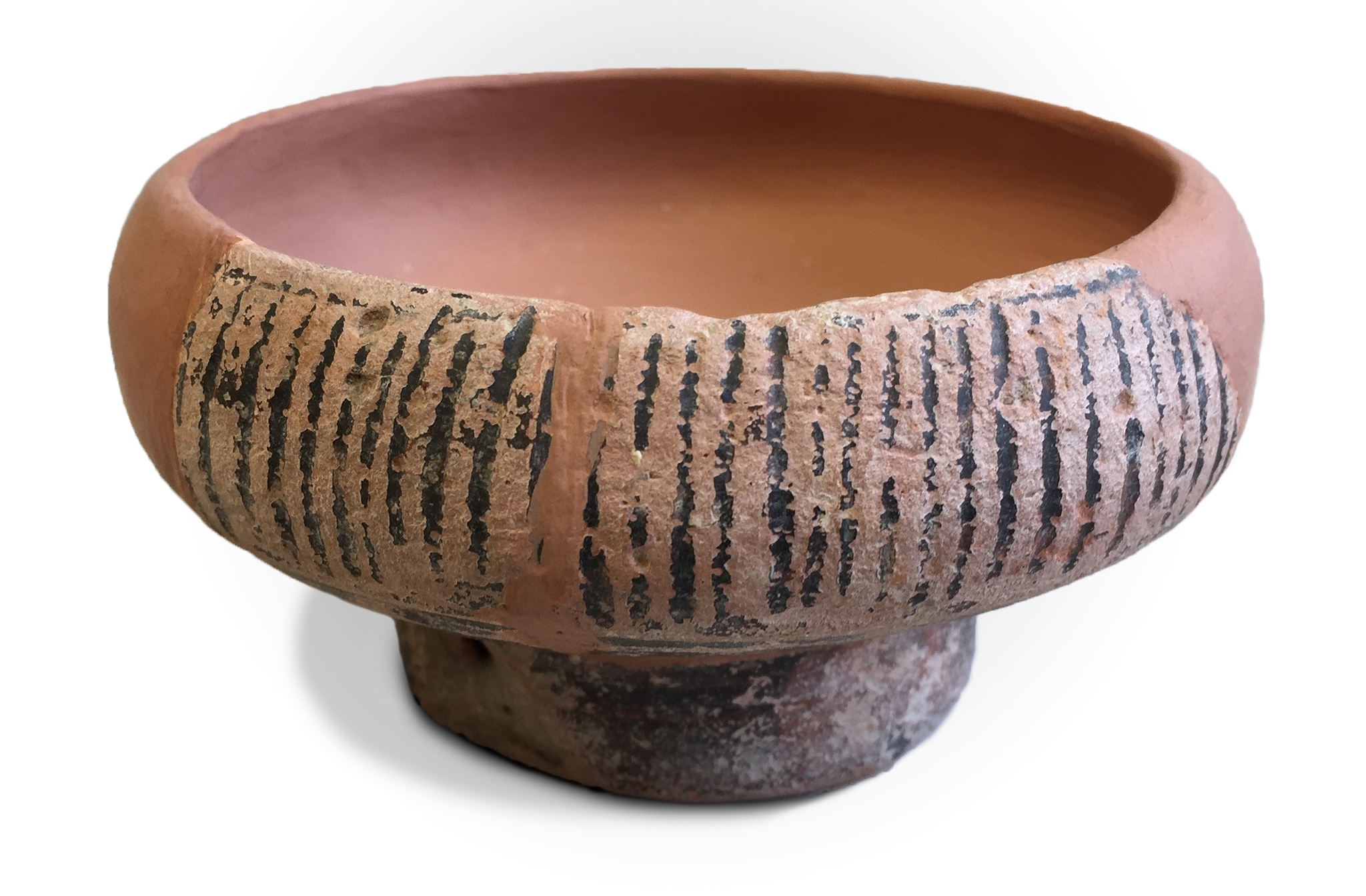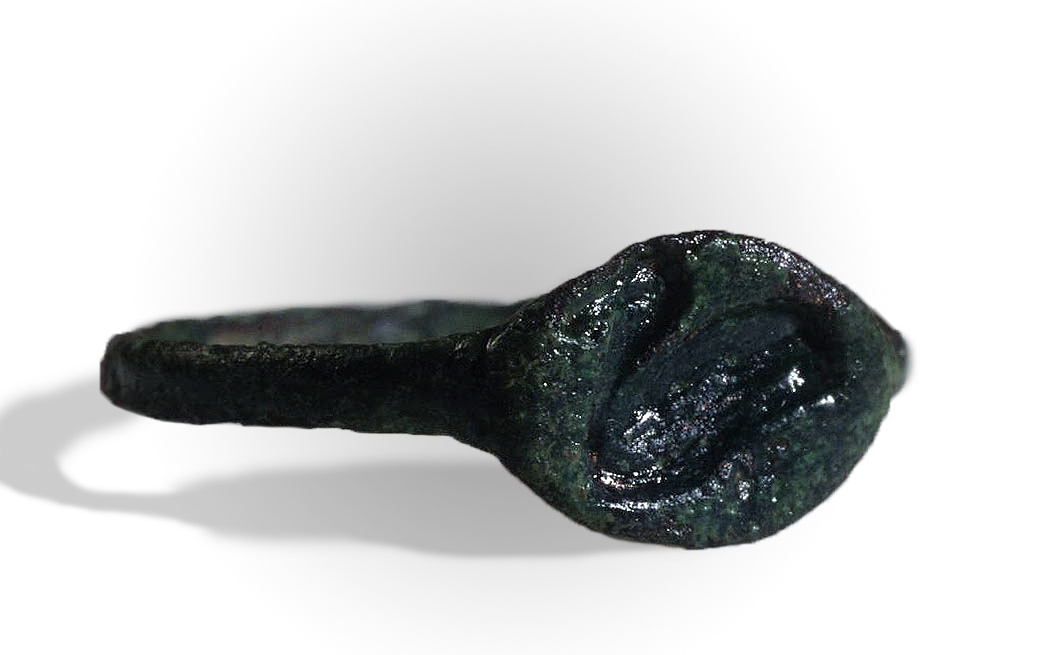- Object type
- unguentarium
- Production date
- -500 / -200
- Fabric -
- Culture
- Protohistory
- Discovery location
- Olèrdola. Cisterna-pedrera (sector 03)
- Materials
- alabaster
- Township
- Olèrdola (Europa, Espanya, Catalunya, Barcelona, Alt Penedès)
- Technique
- carving, polishing
- Where is it?
- Centre Interpretació
- Dimensions
- 63 x 20 mm






